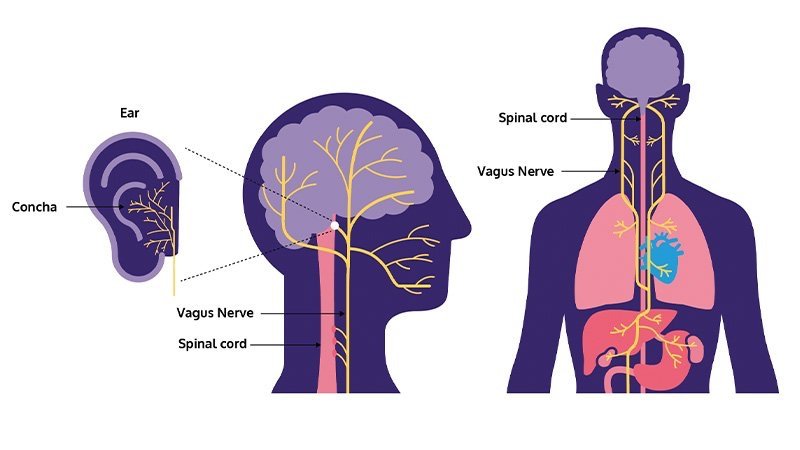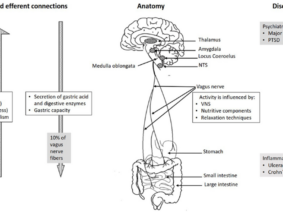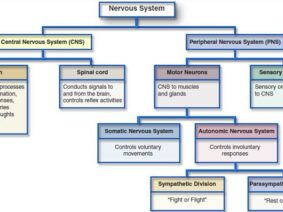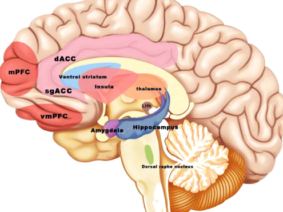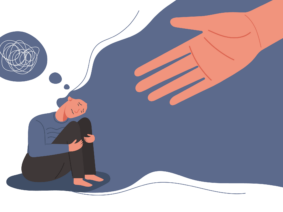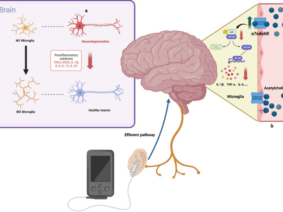A restful night’s sleep is vital for overall health and well-being. However, insomnia, a prevalent and debilitating sleep disorder leading to daytime fatigue, reduced cognitive function, and increased risks of physical and mental health issues.
Traditional treatments for insomnia, such as medications and behavioral therapies, may not work for everyone and can have undesirable side effects. Consequently, researchers have explored alternative approaches to enhance sleep quality, with Vagus Nerve Stimulation (VNS) emerging as a promising avenue.
The vagus nerve, known as the tenth cranial nerve, plays a critical role in regulating various bodily functions, including heart rate, digestion, and respiratory rate. It significantly influences the autonomic nervous system, responsible for involuntary actions like breathing and digestion.
In a noteworthy study by Wu Y, Song L, Wang X, Li N, Zhan S, Rong P, Wang Y, and Liu A, published in Brain Sciences, researchers examined the potential of transcutaneous VNS to improve sleep quality in patients with primary insomnia. The randomized control trial demonstrated that transcutaneous VNS effectively enhanced sleep quality, showing a significantly higher success rate compared to the control group.
Furthermore, the study revealed positive changes in anxiety and depression symptom scores among the treated patients. This is crucial because sleep disturbances are often linked to mood disorders, and addressing one aspect can have positive effects on the other.
VNS and Sleep Architecture: Improving REM and Slow-Wave Sleep
Several other studies have also delved into the effects of vagus nerve stimulation on sleep quality. For instance, one study found that VNS could increase the number of periods in the rapid eye movement (REM) phase and PGO (Ponto-Geniculo-Occipital) waves. Additionally, it prolonged the REM phase,and extended the total night sleep time, especially the second stage sleep time. Another study demonstrated that low-intensity VNS prolonged the average sleep latency.
These findings collectively suggest that vagus nerve stimulation can play a significant role in modulating sleep architecture and enhancing overall sleep quality. It appears to positively influence different stages of sleep, particularly REM sleep and slow-wave sleep, both of which are crucial for restorative functions and memory consolidation. .
Non-Invasive Advantages: Transcutaneous VNS for Insomnia
The benefits of transcutaneous vagus nerve stimulation for insomnia are particularly noteworthy due to its non-invasive nature. Unlike surgical vagus nerve stimulation, transcutaneous VNS involves stimulating the nerve through the skin surface, making it a safer and more accessible option for patients.
In conclusion, the study discussed above provides compelling evidence that transcutaneous vagus nerve stimulation is a viable and effective treatment option for individuals suffering from primary insomnia. The positive results observed in sleep quality, anxiety, and depression symptom scores offer hope for those who have been struggling to find relief through conventional treatments. Further research in this area is warranted to elucidate the long-term effects and optimal application of vagus nerve stimulation for sleep disorders. With ongoing advancements in neuroscience and medical technology, VNS may continue to revolutionize the way we approach and manage sleep disturbances, improving the quality of life for countless individuals worldwide.
